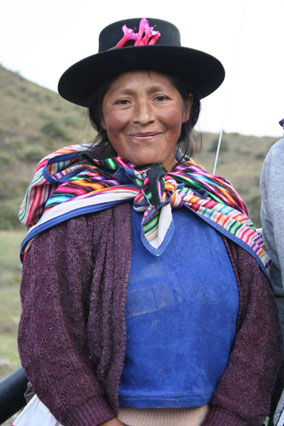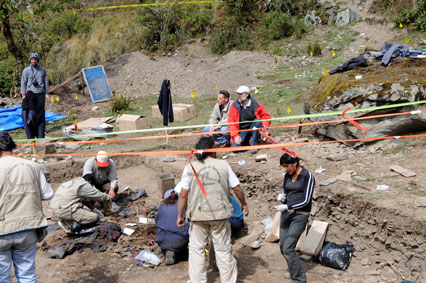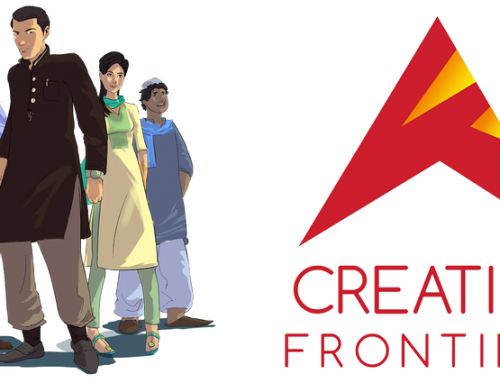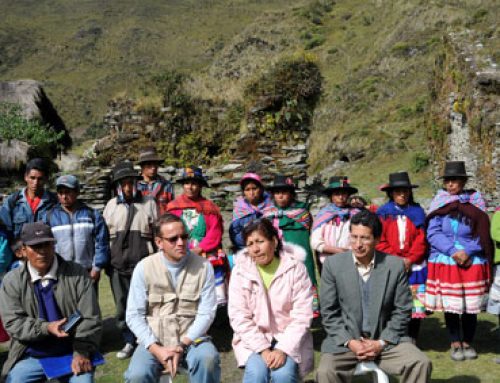 Background
Background
Guatemala and Peru have endured violence, political oppression and human rights violations in recent decades, due to the extreme political instability and lawlessness that challenged the principles of democracy in much of Latin America between 1975 and 2000. Many thousands of disappearances and extrajudicial executions occurred during this time of military dictatorships, internal conflicts, and paramilitary, guerrilla and terrorist activity. In Guatemala, the 36-year internal armed conflict (1960-1996) claimed the lives of 200,000 people. The victims were mostly indigenous people and of those, 56,000 are considered disappeared. Similarly, Peru suffered internal conflict and unrest from 1980 through 2000 that killed approximately 70,000 people. Of those, nearly 12,000 are disappeared, over 1,000 were executed, and at least 500 were victims of massacres. In both countries forensic anthropologists have risked their lives to identify clandestine graves and exhume human remains from individual and mass graves.
The G/P LIID project
The proposed Guatemala/Peru Latin America Initiative for the Identification of the Disappeared (G/P LIID) project will provide technical support and institution building to help Guatemala Forensic Anthropology Foundation (FAFG) and the Peruvian Forensic Anthropology Team (EPAF) increase the number of identified remains and gather more evidence that could be used in legal proceedings. G/P LIID project’s collection of victims’ identities will help further the Rule of Law (RoL) processes in Guatemala and Peru. In addition, positive identification of victims also would help resolve numerous issues related to inheritance, property ownership, and reparations where kinship is crucial to making and settling claims. Positive identification of remains also will provide closure for surviving family members. This is especially important to the majority of the victims of human rights violations who are indigenous Mayan (in Guatemala) and Quechua (in Peru). These indigenous cultures maintain the belief that the dead are counselors and guides for the living, and all deceased must have a proper and dignified burial of their remains.
 Successful identification of victims of human rights abuses will dignify the deaths of those who were disappeared, tortured, assassinated or subjected to other human rights abuses. CL’s proposed G/P LIID project addresses the following objectives:
Successful identification of victims of human rights abuses will dignify the deaths of those who were disappeared, tortured, assassinated or subjected to other human rights abuses. CL’s proposed G/P LIID project addresses the following objectives:
- Demonstrate the power of genetic analysis to improve regional capabilities for positive identification of thousands of victims of disappearances and mass killings;
- Improve the ability of FAFG and EPAF to build institutional capacity in forensic anthropology to uphold the principles of democracy and promote human rights; and
- Support results that help identify victims’ remains, illuminate the history of tragedy, and find the truth about what happened.
Photos by Gregory F. Maggio, Alain Wittmann




